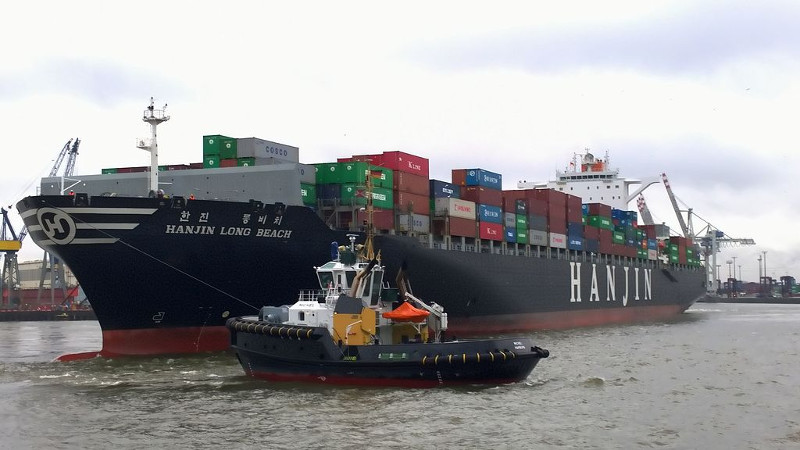How The Hanjin Bankruptcy Illustrates A Key Benefit Of Mexican Manufacturing
One of the rules of modern manufacturing is to keep everything lean. Don’t order excess raw material. Order only what you need. Don’t ever let parts pile up. Produce only as many as you need. Pay close attention to every step in the supply chain. Trim away any inefficiencies you find.

Image Credit: Hummelhummel
While this mentality is essential to profitability and success, it can lead to problems when supply chains get long. The recent bankruptcy of Hanjin shipping is case in point. While it’s hard to predict interruptions like bankruptcy, it’s not hard to predict that a long supply chain (say, one that stretches halfway across the globe) will inevitably bring problems. By definition, long supply chains are not as efficient as short ones.
What is one of the easiest ways for US and Canadian companies to shorten their supply chain? Stop working with manufacturers in East Asia, and start working with manufacturers in Mexico (like Intran).
The Hanjin Bankruptcy “Container Freeze” Could Never Happen With Production In Mexico
According to news articles, Hanjin’s bankruptcy led to millions of containers worth of products being effectively frozen in place. Everyone involved in the process of loading and unloading Hanjin’s vessels and moving products through customs was no longer being paid. The products were stuck wherever they were, with no way to “unstick” them without taking on additional costs.
And, because Hanjin is one of only a handful of companies that haul cargo across the ocean between Asia and North America, an interruption in their business impacts nearly every industry.
The Hanjin scenario isn’t possible with Mexican manufacturing. First, there are hundreds of companies offering logistics services between Mexico, the US, and Canada. While some of these companies have a lot of market share, a failure at even one of the biggest shippers would be only a temporary hiccup.
Second, production orders are smaller and more frequent when production is in Mexico. Instead of production orders needing to fill an entire container (common practice with Asian manufacturing), production orders from Mexico can be as small as a pallet. This is because transit times are shorter (as little as a day), and it’s possible to get efficient pricing on smaller shipments.
If a major logistics company were to fail, a new small production order could be produced and shipped via another shipper in just a few days. That’s usually not possible with Asian manufacturing.
Can You Shorten Your Company’s Supply Chain?
At Intran, we manufacture a variety of parts and components for a long list of industries. If your company has been caught up in the effects of the Hanjin bankruptcy, let’s talk.
